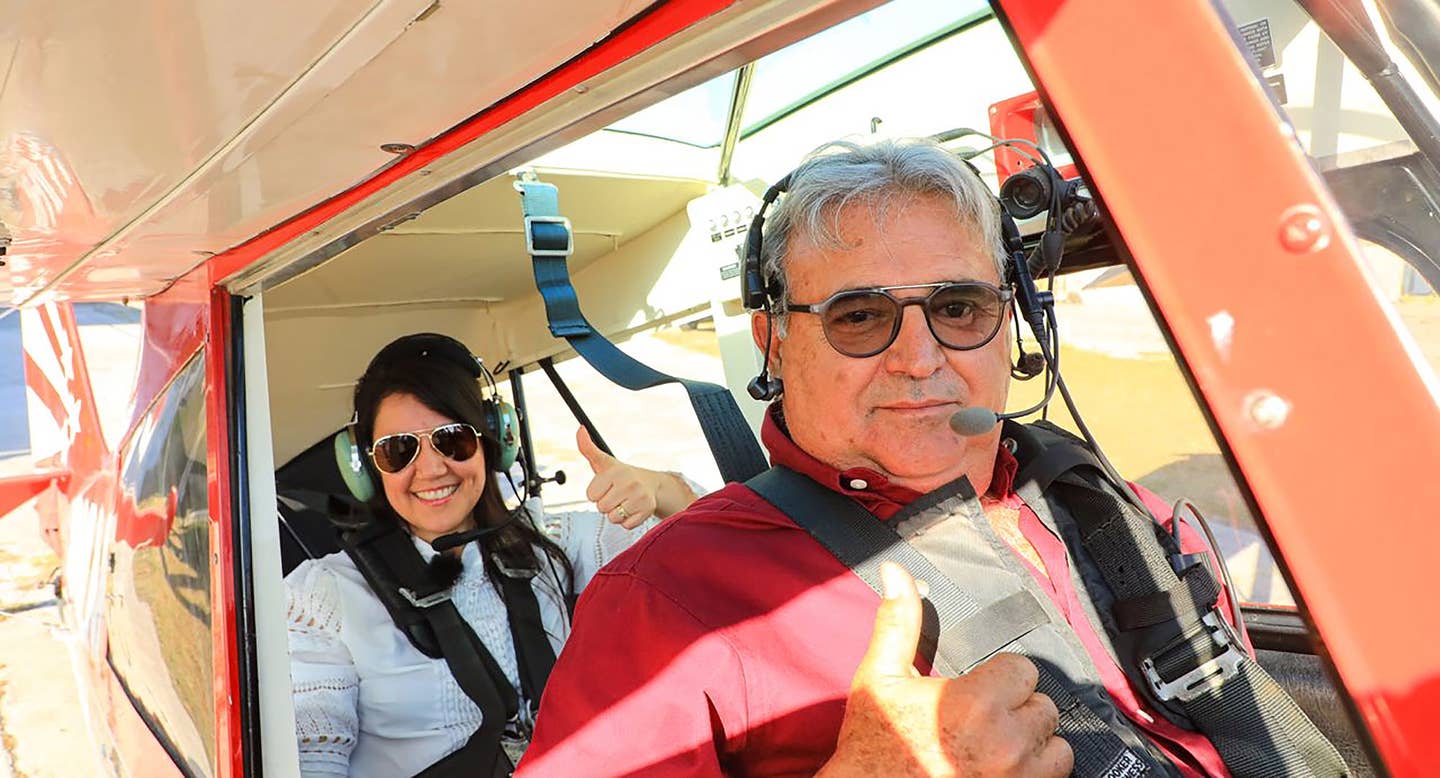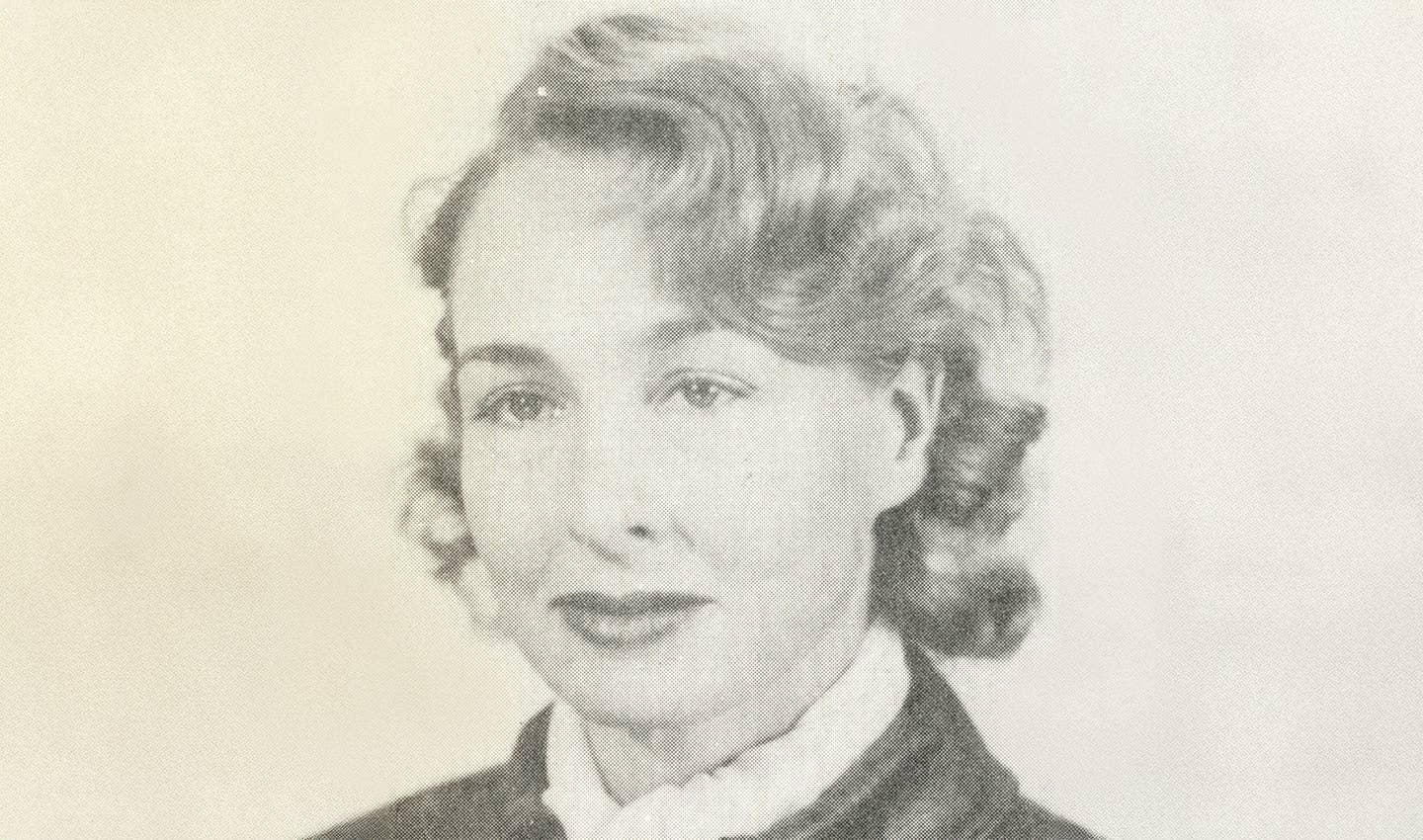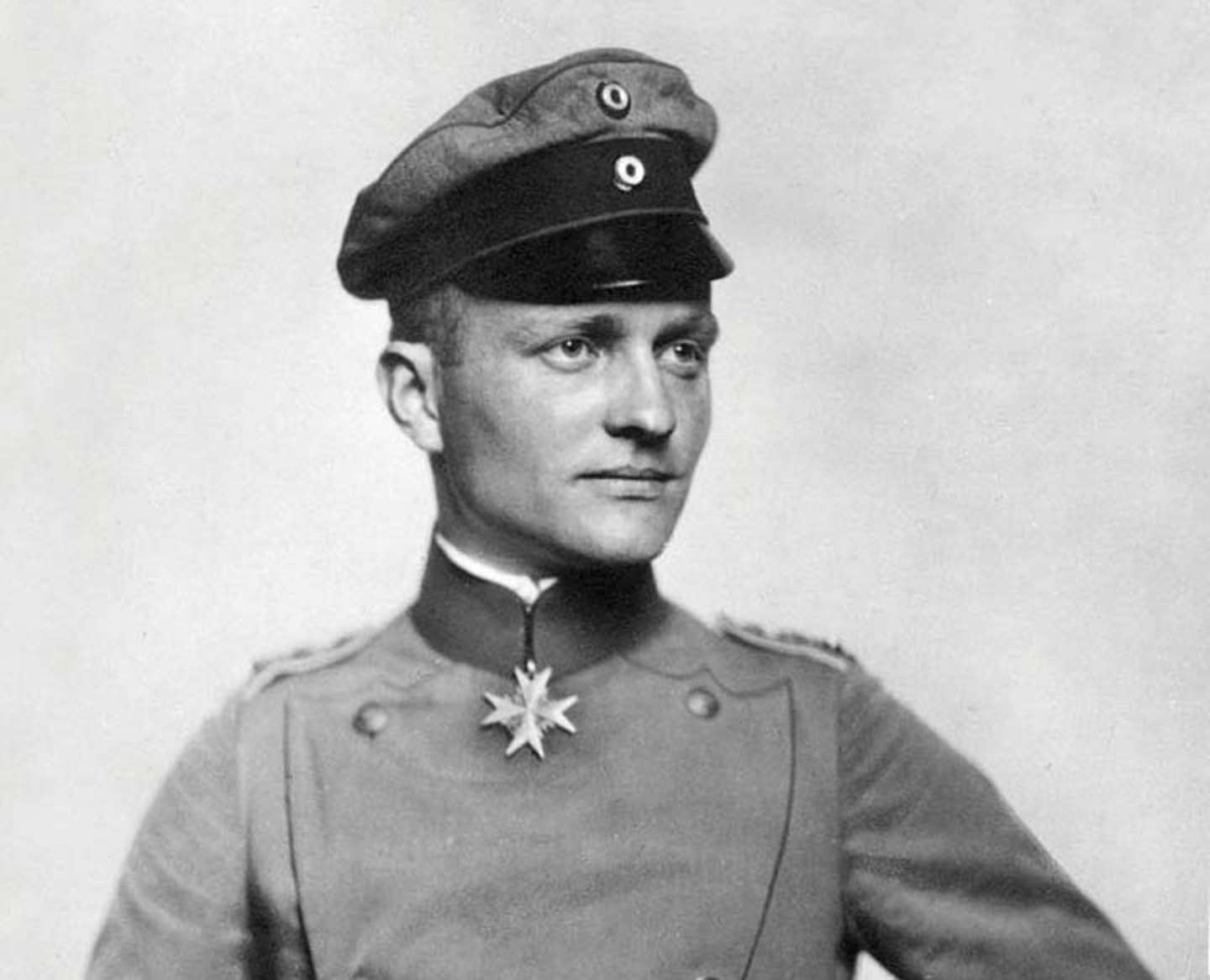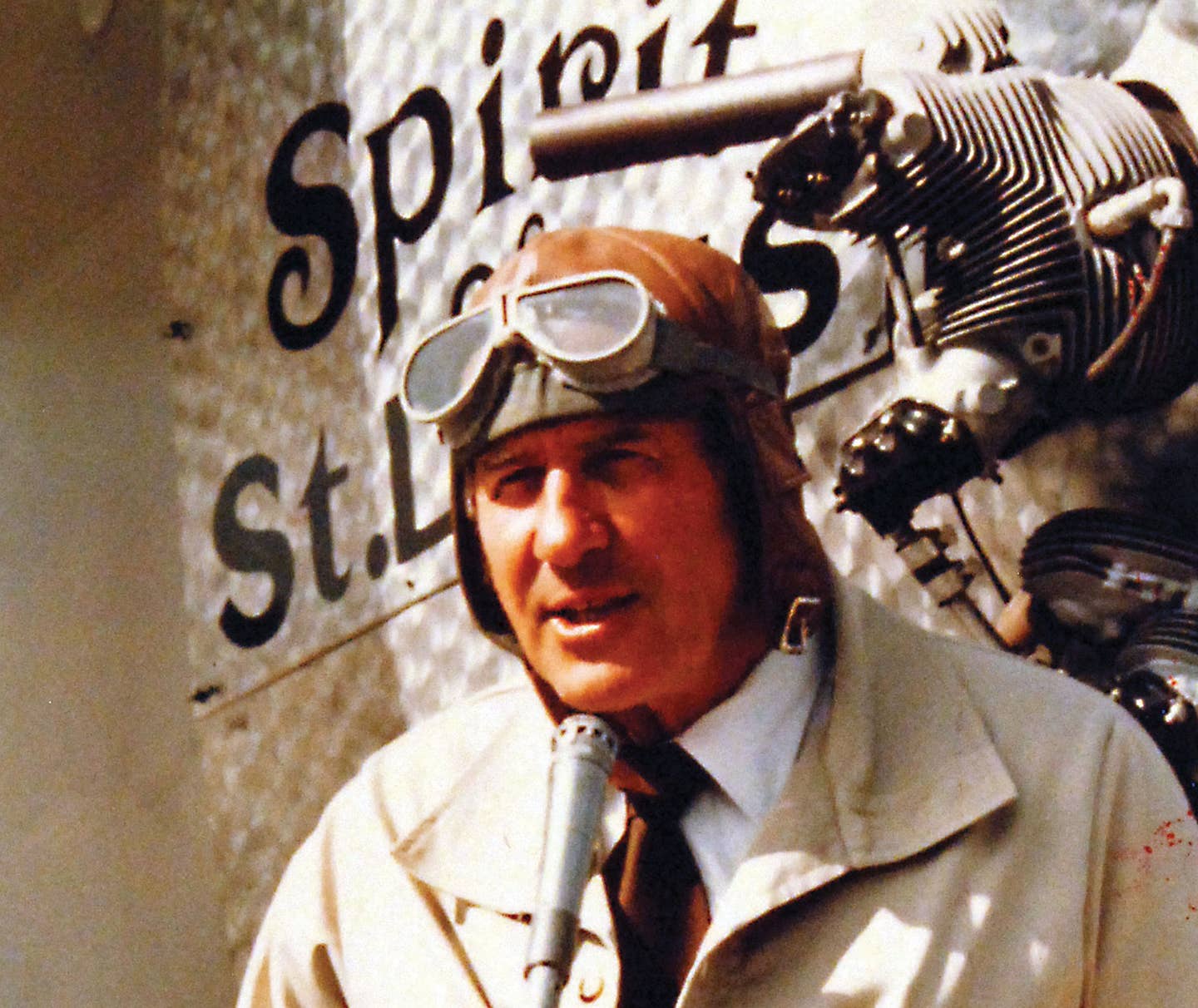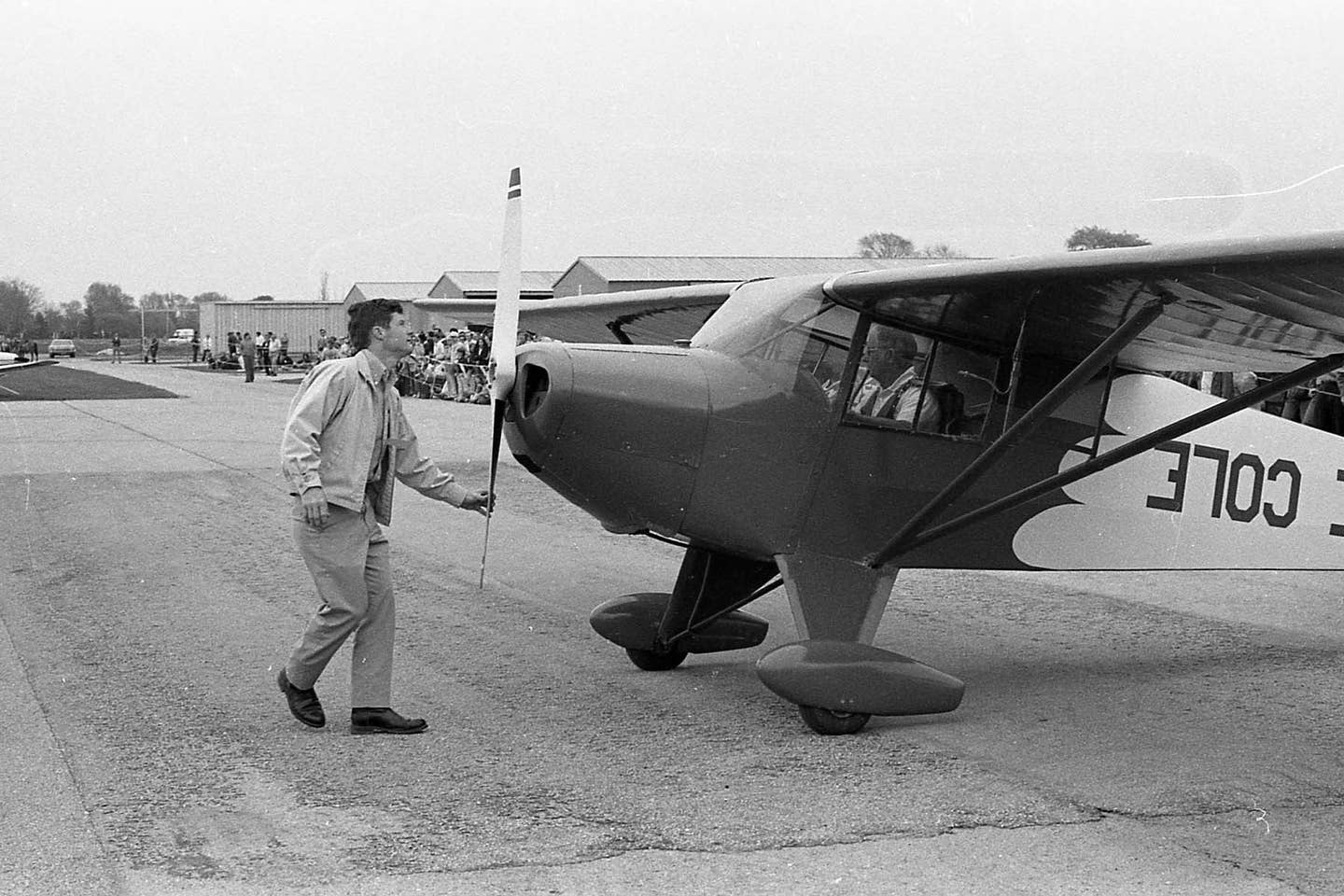This Incredible Pilot: Helen Richey
It was like “wrestling a cobra in a hurricane,” Helen Richey said. After nearly 10 days in the skies over Miami in December 1933, Richey, alongside fellow aviatrix Frances Marsalis,…
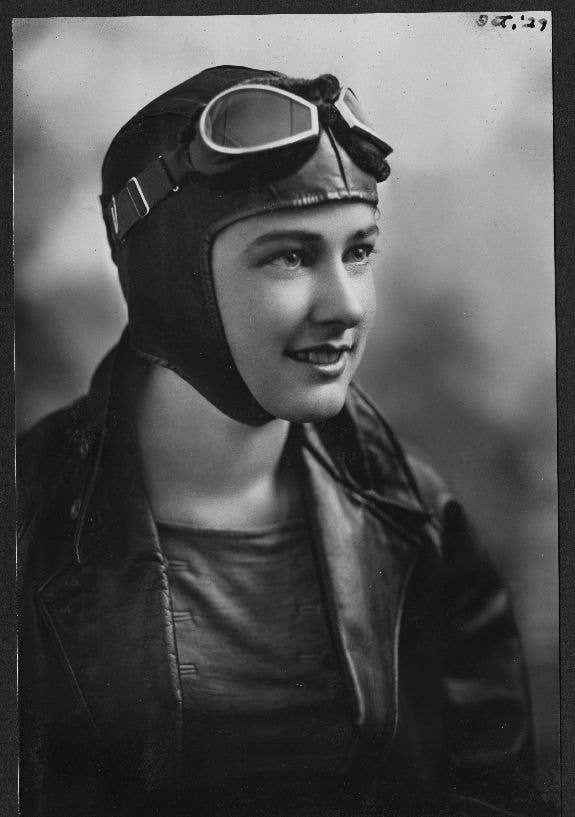
Helen Richey [image: San Diego Air and Space Museum Archive]
It was like “wrestling a cobra in a hurricane,” Helen Richey said. After nearly 10 days in the skies over Miami in December 1933, Richey, alongside fellow aviatrix Frances Marsalis, set the women’s in-flight fueling endurance record of 237 hours and 42 minutes. It was only one of Richey’s major accomplishments, yet it perfectly showcased her grit, determination, and, above all, skill that would make hers a name every pilot should know.
Born in McKeesport, Pennsylvania, in 1909, Richey was the youngest of five siblings. She could frequently be found outside, watching post office airplanes flying overhead. It was those aircraft that introduced Richey to aviation, as she took her first ride in between stacks of letters on their way to Cleveland.
“I’m going to fly,” Richey was quoted telling a friend. “I’m going to be good enough to earn money at it, too. It’s what I want to do with my life.”
In 1930, Richey joined the Curtiss-Wright flying school at Bettis Field in Pennsylvania. In a mere two months, she earned her private pilot certificate. By the end of that same year, she held a commercial certificate as well.
The 1930s were great times for Richey, highlighted by setting the endurance record with Marsalis. Refueling during the effort was tricky. It involved opening a hatch, climbing halfway out of the Flying Boudoir, grabbing a hose dangling from a Curtiss Robin, and then shoving it into the gas tank. It was no wonder Richey likened it to wrestling a snake.
- READ MORE: Plane Facts: Women in Aviation
In 1934, she won the National Air Meet for women in Dayton, Ohio. Also in 1934, Richey became the first woman to be hired as a pilot with a commercial airline, joining Central Airlines, who selected her over eight male applicants. Yet despite her skills and ability, the male pilots at the airline threatened to go on strike if she stayed. The Bureau of Air Commerce also ordered her to be grounded during harsh weather, and the all-male Air Line Pilots Association denied her a union membership. That all led to Richey resigning from the airline after 11 months. There wouldn’t be another female pilot hired at a scheduled air carrier until Frontier Airlines took on Emily Howell Warner in 1973.
Richey continued to fly, though, and teamed with Amelia Earhart to take fifth in the Bendix Trophy race of 1936. By the 1940s and the outbreak of World War II, she initially ferried airplanes in Great Britain as part of the Air Transport Auxiliary. She later returned home to the U.S. after her mother became seriously ill and continued to participate in the war effort as part of the Women Airforce Service Pilots (WASP). She remained with the WASP until it was disbanded in 1944.
With the end of WWII, most, if not all, flying opportunities were given to returning soldiers. And Richey had already experienced her share of sexism, so finding a flying job in those times would likely be impossible. Her dreams shattered, her death in her New York City apartment on January 7, 1947, at the age of 37 was ruled a suicide by pill overdose.
A historical marker was erected in her honor in her hometown of McKeesport. Richey, along with the rest of the WASP, was posthumously awarded the Congressional Gold Medal in March 2010.
Editor’s Note: This story originally appeared in the JAN/FEB 2024 issue of Plane & Pilotmagazine.

Subscribe to Our Newsletter
Get the latest Plane & Pilot Magazine stories delivered directly to your inbox

